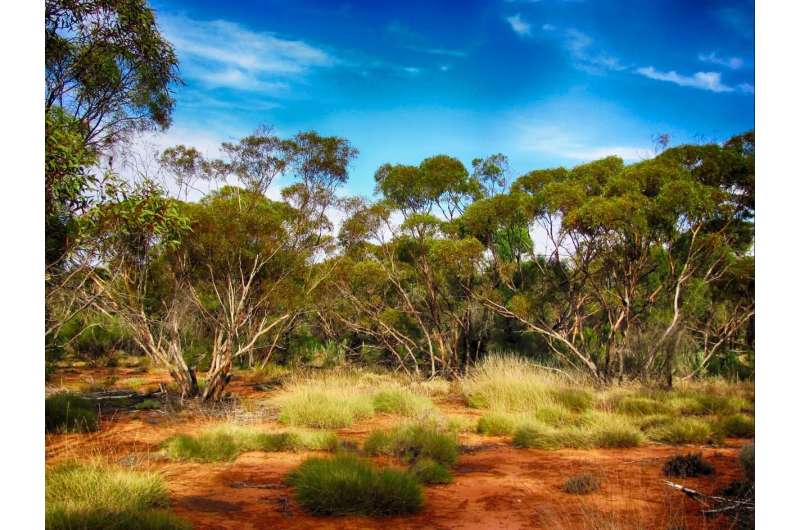This article has been reviewed according to Science X's editorial process and policies. Editors have highlighted the following attributes while ensuring the content's credibility:
fact-checked
trusted source
proofread
Beneficial 'bioaeorosols' are in the air we breathe—and they're fast disappearing

With air pollution and airborne contaminants emerging as leading causes of illness and death, ecologists are calling for closer examination of the 'invisible friends' which live in the 15,000 liters of air we breathe every day.
Flinders University ecologists say one of the big challenges to human health is to work out what 'healthy air' should look like—and to ensure the plants, soil and conditions in our environment support the right air quality.
"We need to at least find a common conception of biologically 'healthy' air to improve human and ecosystem health," says Flinders University researcher Dr. Jake Robinson, first author in a new paper published in Trends in Microbiology.
Exposing ourselves to a healthy balance of 'bioaerosols'—the airborne particles that originate from living organisms including bacteria, viruses, fungi and other microbes—exposes our 'walking ecosystems' to an array of invisible biodiversity," he says.
"Scientists have been studying what exists in the air for many decades, including pollen, spores, pathogens and plant and animal cells.
"While reducing our exposure to the 'baddies' such as pollutants and allergens, we also need to develop strategies to design and restore our ecosystems to optimize exposure to the 'good bugs'."
However, restoring ecosystems and the complexity of vegetation to a more natural state can help rebalance and 'rewild' the air we breathe.
Co-author Associate Professor Martin Breed, who leads the Frontiers of Restoration Ecology Lab at Flinders University, says ecosystem restoration can increase the diversity of microbes in the air and potentially reduce the abundance of pathogens.
"Our 'invisible friends' in the soils, plants and air provide critical roles in regulating our immune systems and many other functions in our body," Associate Professor Breed says.
"While tackling the source of pollution first as a priority, restoring vegetation can also help reduce pollution."
The Flinders University researchers say a fresh approach or paradigm shift in thinking about bioaerosols as being 'health promoting' "opens new and exciting research avenues that could enhance human and environmental health".
The new article coincides with the release of a new book entitled Invisible Friends: How Microbes Shape Our Lives and the World Around Us, which covers Sheffield University Ph.D. Dr. Robinson's research into "how microbes in the environment shape our lives and the world around us."
Now a researcher in restoration genomics at the College of Science and Engineering at Flinders University, his new book examines the powerful role invisible lifeforms play in ecology, immunology, psychology, forensics and even architecture.
"Instead of considering microbes the bane of our life, as we have done during the global pandemic, we should appreciate the many benefits they bring in keeping plants and animals, including ourselves, alive."
In another recent article, Dr. Robinson and colleagues call for a return to 'nature play' for children to expose their developing immune systems to a diverse array of microbes at a young age for better long-term health outcomes.
"Early childhood settings should optimize both outdoor and indoor environments for enhanced exposure to diverse microbiomes for social, cognitive and physiological health," the researchers say.
"It's also important to remember that healthy soils feed the air with these diverse microbes," Dr. Robinson adds.
More information: Jake M. Robinson et al, The aerobiome–health axis: a paradigm shift in bioaerosol thinking, Trends in Microbiology (2023). DOI: 10.1016/j.tim.2023.04.007
Provided by Flinders University





















